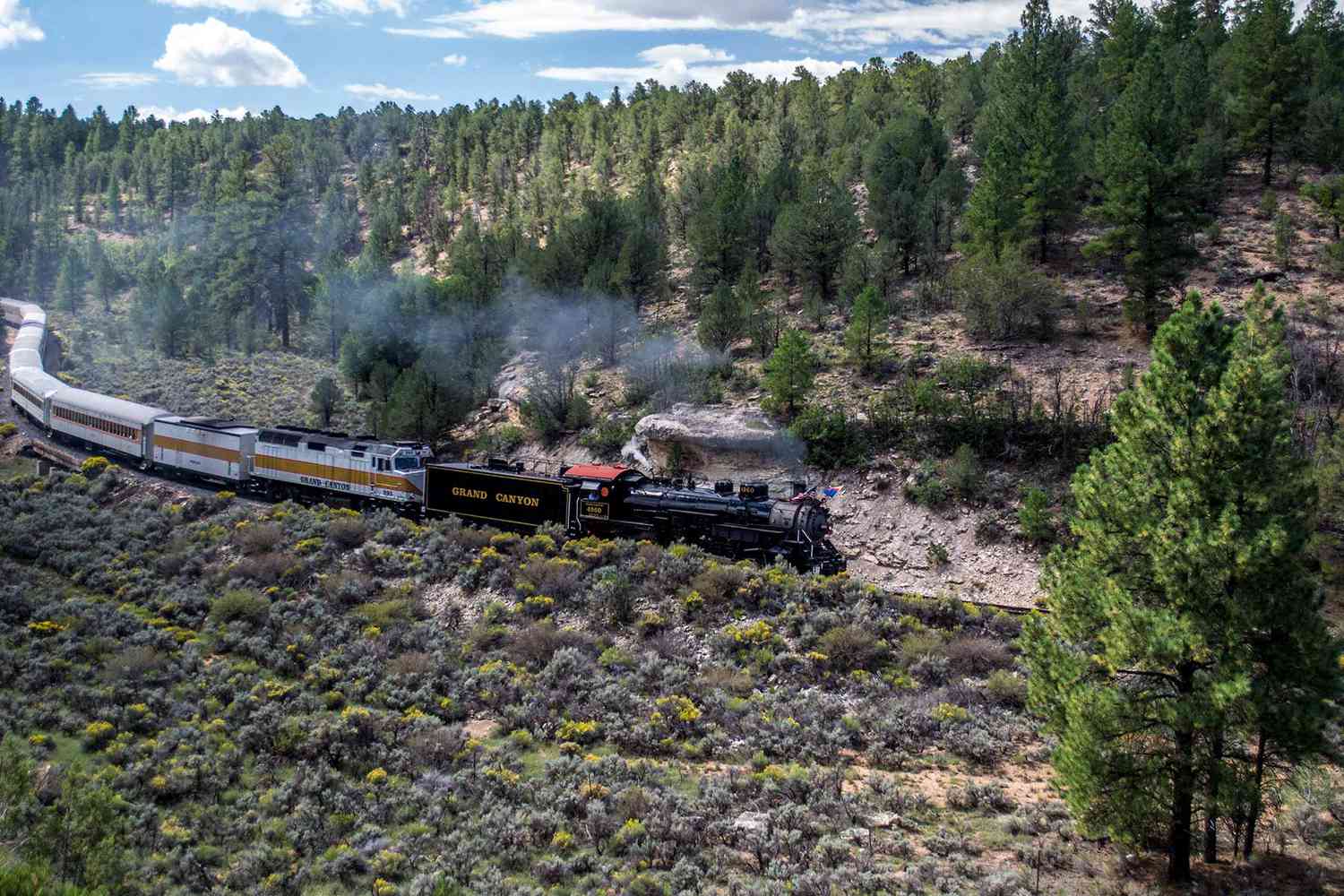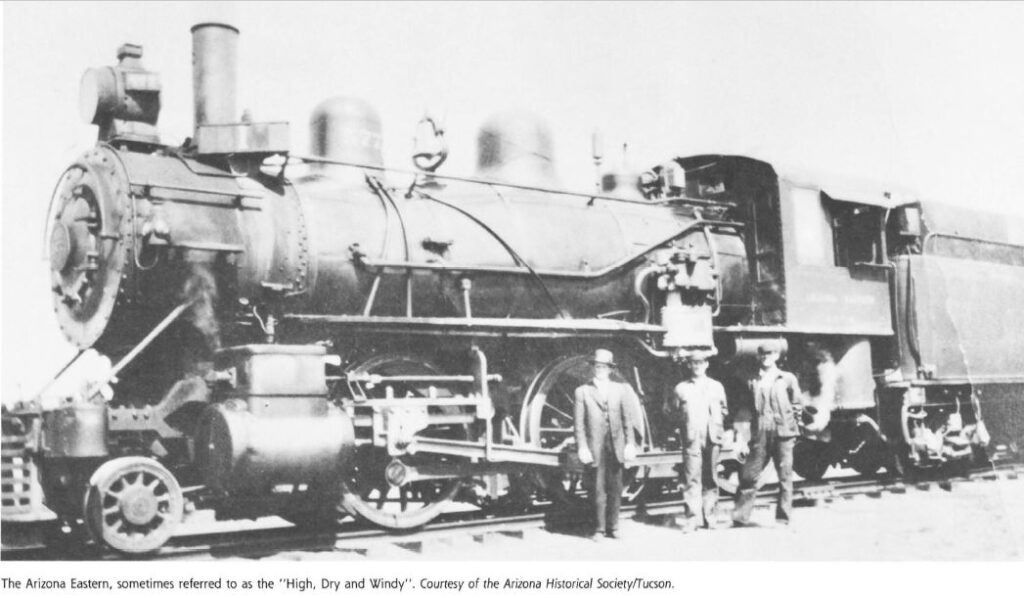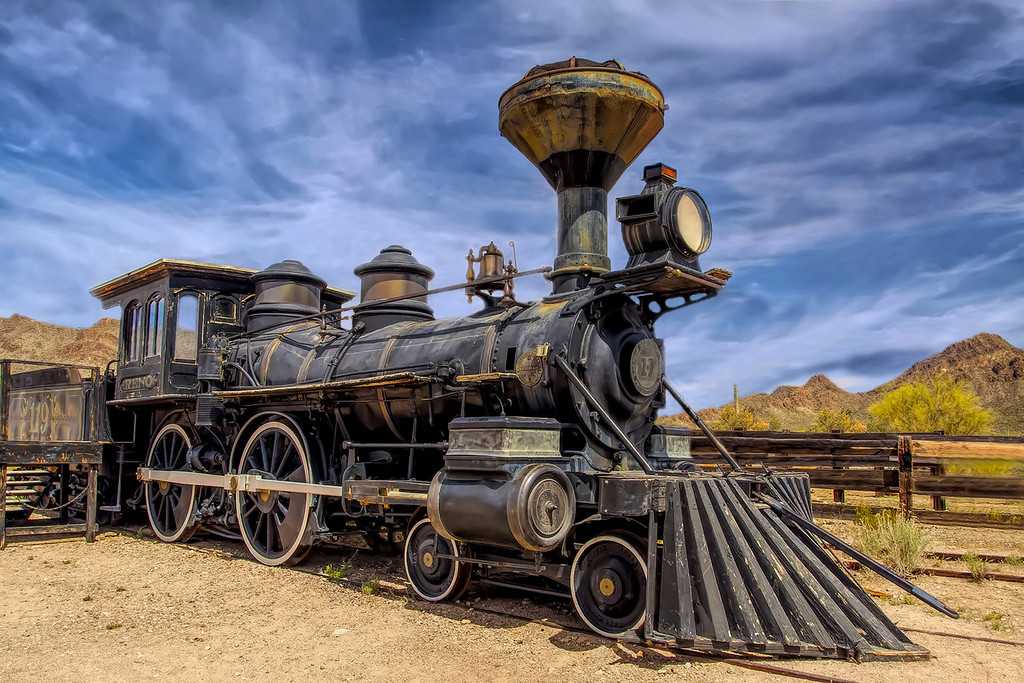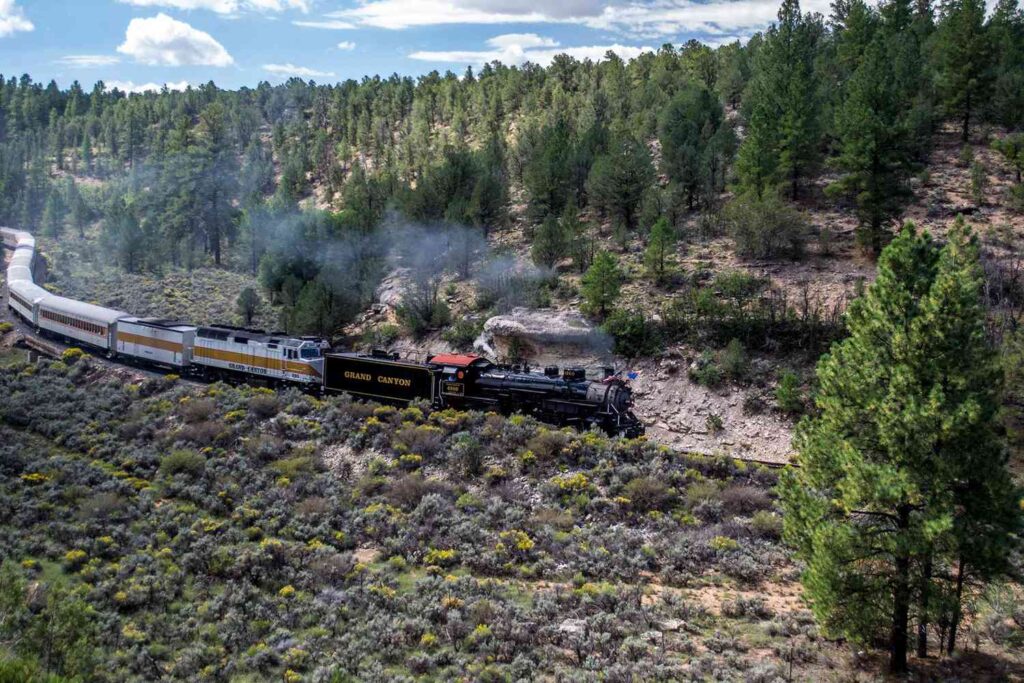We use cookies to help you navigate efficiently and perform certain functions. You will find detailed information about all cookies under each consent category below.
The cookies that are categorized as "Necessary" are stored on your browser as they are essential for enabling the basic functionalities of the site. ...
Necessary cookies are required to enable the basic features of this site, such as providing secure log-in or adjusting your consent preferences. These cookies do not store any personally identifiable data.
Functional cookies help perform certain functionalities like sharing the content of the website on social media platforms, collecting feedback, and other third-party features.
Analytical cookies are used to understand how visitors interact with the website. These cookies help provide information on metrics such as the number of visitors, bounce rate, traffic source, etc.
Performance cookies are used to understand and analyze the key performance indexes of the website which helps in delivering a better user experience for the visitors.
Advertisement cookies are used to provide visitors with customized advertisements based on the pages you visited previously and to analyze the effectiveness of the ad campaigns.

In 1877, Southern Pacific steamed into Yuma, putting the Arizona Territory on the fast track toward a booming railroad industry. Railroads have impacted nearly every aspect of life in Arizona. They brought new foods and materials, social and demographic change, and altered the physical landscape permanently.

Arizona railroads are known for flat deserts, high mountains, and trains that range from speeding loads of intermodal to slow drags of coal, copper, agriculture, and wood products.
The state’s history with trains began in the latter half of the 19th century although because of its lack of natural resources and major markets few classic lines ever operated there.

The Arizona Territory was hardscrabble frontier. Soaring mountains, scorching desert and deep canyons proved to be more than most early settlers could handle as they rolled through on their way to the California gold fields.
That changed in the late 1800s, when twin metal rails began snaking their way across the land. More than any other technological advancement, the railroad transformed Arizona Territory.
The inhospitable suddenly became accessible. Supplies could be easily obtained. Ranchers could move cattle and sheep. Tons of ore from mines were shipped on trains. And a flood of settlers arrived in relative comfort.

Kingman owes its existence to the railroad. The community was established in 1882 as a stop for the Atlantic and Pacific Railroad. Surveyor Lewis Kingman chose the spot and named it for himself. The first train chugged into the fledgling camp on March 28, 1883. Rapid growth followed and, by 1887, the county seat was moved to Kingman as it became a major supply and shipping center for miners and ranchers.

Old Tucson Studios is an Old West movie location and theme park. Located adjacent to the Tucson Mountains, it offers a dramatic backdrop and has been used in more than 300 movies and TV productions. It was originally built in 1939 by Columbia Pictures as a replica of 1860s Tucson for the movie Arizona. After lying dormant for a few years, it began being used as a set for famous westerns such as Gunfight at the OK Corral, Rio Bravo, and three other John Wayne films. The television series Little House on the Prairie was filmed here, although a fire in 1995 destroyed most of those buildings. More
recent movies filmed here include Three Amigos, Young Guns II, and Tombstone.
Old Tucson Studios was opened to the public in 1960 and has become a popular site for
historical tours, western shootouts, and stunt shows. Listed as one of the top attractions in
the Tucson area per TripAdvisor, it is located in western Tucson quite close to the Sonora
Desert Museum. If you visit, be sure not to miss Reno the locomotive, known as the most
photographed locomotive in American history.

Grand Canyon Railway https://www.thetrain.com/
The Grand Canyon Railway is a heritage railroad which carries passengers between Williams, Arizona, and the South Rim of Grand Canyon National Park. The 64-mile railroad, built by the Atchison, Topeka and Santa Fe Railway, was completed on September 17, 1901.
The entire Grand Canyon Railway has been added to the National Register of Historic Places for being associated with events that made a significant contribution to the broad patterns of the history of the United States. In the nomination to the register, the railroad was credited with, “Opening up of a large area north of Williams, the building of the Grand Canyon National Park facilities at the south rim, establishment of a solid tourist trade in the American Southwest, support of cattle and sheep ranching, copper and uranium mining, lumber industries, and the building of a sub culture around the railroad that continues to this day.”
The Grand Canyon Depot was added to the register on September 6, 1974, while the Williams Depot and the rest of the railroad between Williams and the Grand Canyon National Park was added as a Historic District on August 23, 2000. The Grand Canyon Depot was also designated as a National Historic Landmark on May 28, 1987, for its outstanding historical significance